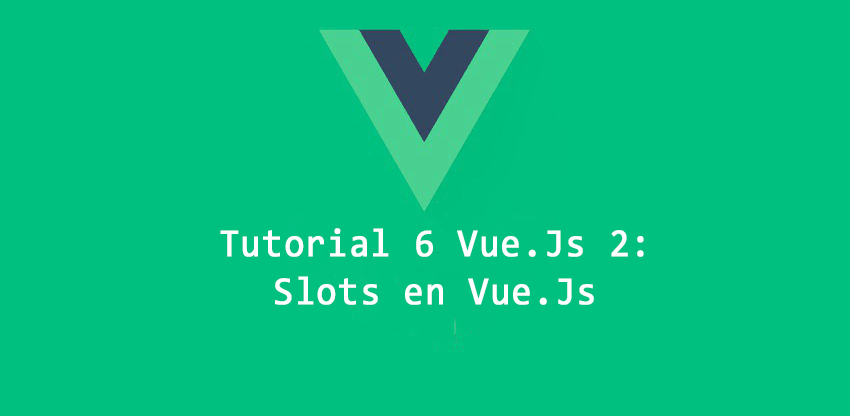Slot Vue Js
Posted By admin On 02/08/22
Tutorial
Vue Slot Jsfiddle
While this tutorial has content that we believe is of great benefit to our community, we have not yet tested or edited it to ensure you have an error-free learning experience. It's on our list, and we're working on it! You can help us out by using the 'report an issue' button at the bottom of the tutorial.
While basic component slots are all fine and dandy, sometimes you want the template inside the slot to be able to access data from the child component hosting the slot content. For example, if you’re trying to allow custom templates in a container while still retaining access to those containers’ data properties, you’ll want to use a scoped slot.
- If you're Using VueJS2 and like to use JSX along with it. In this case,to use the slot, the solution with example is below.We have to use this.$slots.defaultIt's almost like this.props.childrenin React JS.
- Oftentimes you will need to allow your parent Vue components to embed arbitrary content inside of child components. (Angular devs, you know this as transclusion or content projection.) Vue provides an easy way to do this via slots.
Vue.js Slots Slots help you position content in a component, and allow parent components to arrange it. Published Jun 15, 2018, Last Updated Apr 02, 2019. Learn in this tutorial, how to use slots in Vue JS. With slots, you get the feature, that you can inject template code from a parent component into a child component. Components are for creating.

Introduction

Scoped slots are a new feature introduced in Vue 2.1.0. They allow you to pass properties from your child components into a scoped slot, and access them from the parent. Sort of like reverse property passing.
The first step to creating a scoped component slot is to pass properties into a default or named slot from your child component, like so:
Then, to use those properties inside a parent component’s slot content, create a template element tied to the slot. Add a scope attribute to the template element and set it to the name that you wish to access the scope properties from. This essentially creates a local variable for anything inside that template, allowing you to access it as if it was in the parent’s scope.

(For example, scope=“myScope”, properties passed into the <slot> will be accessible as {{myScope.myProperty}} while scope=“yourScope” will be accessed as {{yourScope.myProperty}}.)
Note: The template element does not get added to the DOM. It’s simply a wrapper.
Slot In Vue Js

Vue Js Slot Class
If you’re using Vue 2.5 or above, use the slot-scope attribute instead of scope. Also you can skip the template elements.